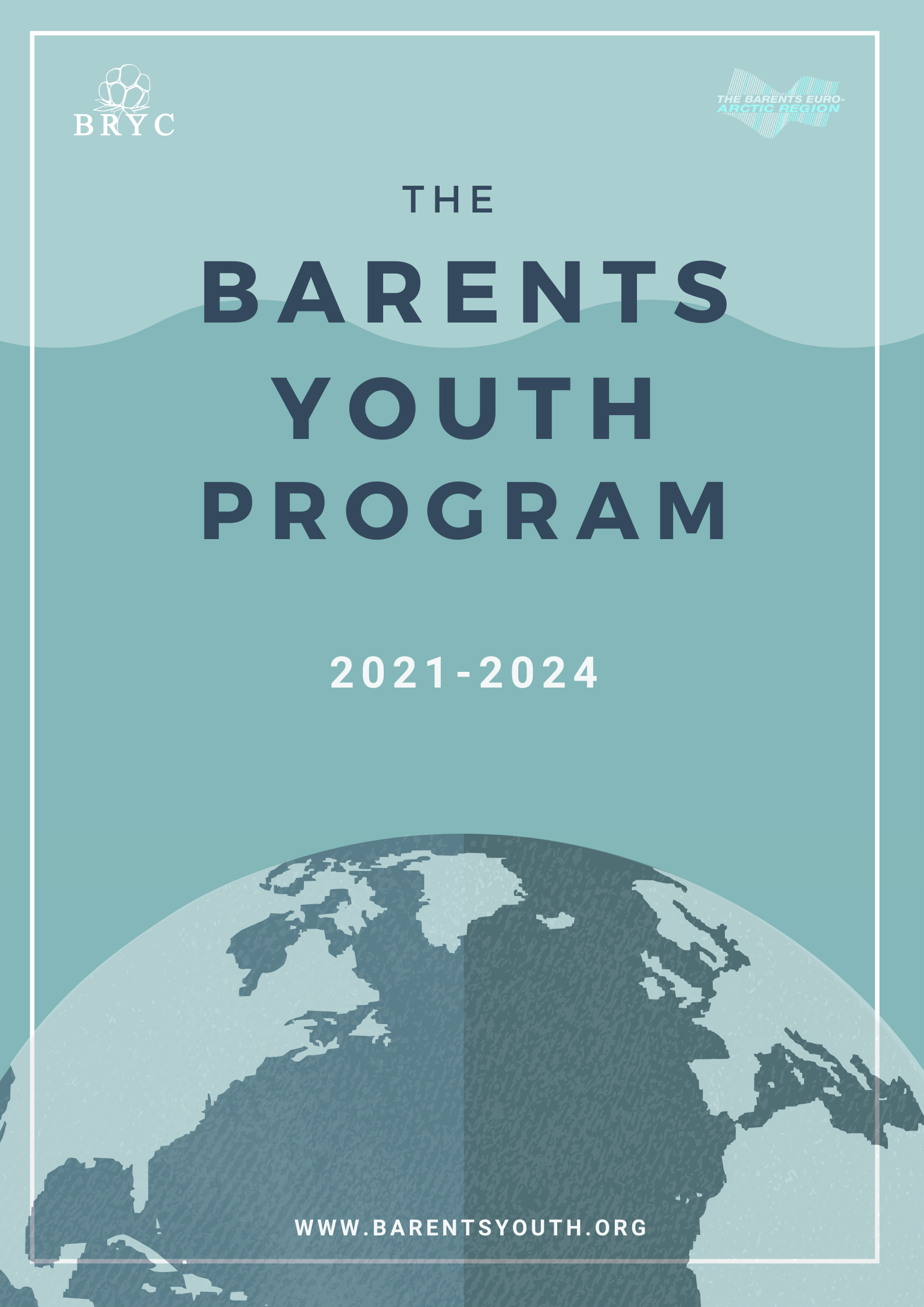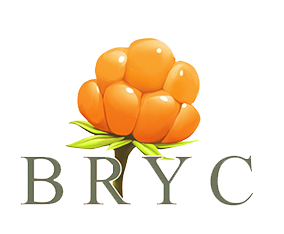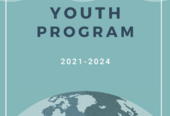
FOREWORD
(Download the full document here)
The strength of the Barents cooperation lies in the people of the region. Cross-border people-to-people cooperation is the foundation of the Barents Cooperation.
Young people are the most valuable resource and have a beneficial interest in the future development of the Barents Region. An active Youth Policy in the Barents Region is required to secure a sustainable population in the region. The Youth is not only the future of the Barents Region, they are here and now, and their voice must be included in our current policies.
Therefore, the general goal for the Barents Youth Program 2021-24 is to ensure youth involvement on all levels, and in all areas, of the Barents Cooperation. The Program is a concrete follow up to the Youth Recommendations welcomed at the Barents Euro Arctic Council meeting in 2019. At this meeting, the ministers of the Barents Euro-Arctic Council acknowledged the important work to increase youth engagement in all areas of the Barents Cooperation. The Program aims to highlight the quality of life in the High North. Through dialogue and increased cross-border youth cooperation within areas like culture, sport, health, education, environment, entrepreneurship, human rights, equality, community development and indigenous peoples, the new generation will develop skills and competences that will contribute to robust societies and living conditions.
The close interaction between national, regional and local levels together with people-to-people contacts has been the cornerstone of the Barents cooperation since the beginning. Our young play an important part in this and will continue to do so in the future. We urge all the stakeholders of the Barents Cooperation to implement the Program.
Helene Hellmark Knutsson
Chair of the Barents Regional Council (BRC)
Gøril Johansen
Chair of the BEAC Committee of Senior Officials (CSO)
Daria Makhotina
Chair of the Barents Regional Youth Council (BRYC)
THE PURPOSE OF THE PROGRAM
The purpose of the Barents Youth Program 2021-2024 is to provide a framework for a more attractive Barents Region to young people by:
- Improving the living conditions for youth in the region
- Increasing youth participation in general activities of the BEAR networks
- Having more focus on the youth dimension in all priority areas within the cooperation
- Ensuring youth involvement in strategic thinking and policy making within the Barents Cooperation
- Strengthening Barents identity among youth in the Barents Region by establishing contact across cultural and geographical borders
TARGET GROUP
The Barents Youth Program primarily addresses young people who are legally residents in one of the administrative units being considered a part in the Barents regional cooperation. This includes groups like youth organizations, youth leaders, youth workers, regional and local administrations, project managers, NGOs, associations or other structures working with or for youth.
The program aims to offer young people opportunities:
- to realize their project ideas
- to be an active part in the Barents cooperation
- to develop the Barents Region
- to make sure young voices are heard in the policies for the BEAR
FOCUS AREAS
The program focuses on the following areas of youth cooperation3:
- Culture, sports and health
- Education and entrepreneurship
- Human rights and democracy
- Environment
- Community development and volunteer work
- Transport and infrastructure
- Indigenous peoples
OVERVIEW OF CONTENTS
(Download the full document here)
Foreword
1. INTRODUCTION
1.1 BACKGROUND
1.2 ABOUT THE REGION
1.3 IMPORTANT STRUCTURES FOR YOUTH COOPERATION IN THE BARENTS REGION
2. AIMS AND PERSPECTIVES
2.1 THE PURPOSE OF THE PROGRAM
2.2 TARGET GROUP
2.3 FOCUS AREAS
2.4 STRATEGY FOR YOUTH INVOLVEMENT
2.5 YEARLY PRIORITIES 2021-2024
3. GUIDELINES FOR THE REALIZATION OF THE PROGRAM
3.1 COOPERATION BETWEEN STRUCTURES
3.2 YOUTH PARTICIPATION
3.3 NETWORKS AND DIALOGUE
3.4 INFORMATION
3.5 FUNDING
3.6 PROJECTS AND VOLUNTEER WORK
4. AREAS OF PRIORITY
4.1 CULTURE, SPORTS AND HEALTH
4.2 EDUCATION AND ENTREPRENEURSHIP
4.3 HUMAN RIGHTS AND EQUALITY
4.4 ENVIRONMENT
4.5 COMMUNITY DEVELOPMENT
4.6 TRANSPORT AND INFRASTRUCTURE
4.6 INDIGENOUS PEOPLES
5. CONCLUSION


